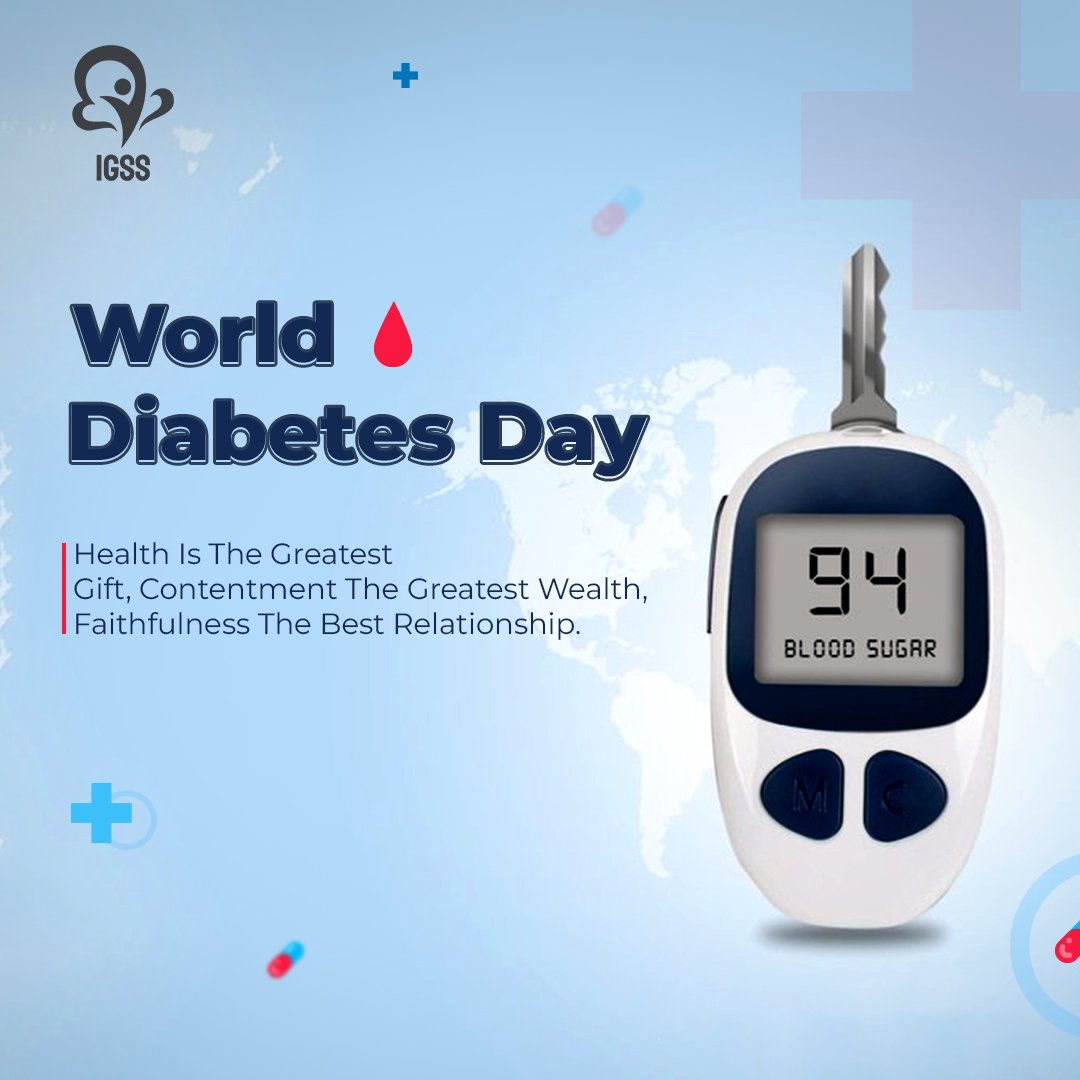
World Diabetes Day
The International Diabetes Foundation and the World Health Organization established World Diabetes Day on November 14 in 1991, which is celebrated annually. As a result, we use this day to raise awareness and provide information about it as well as its detrimental effects on one's health.
When the pancreas can no longer generate insulin or when the body cannot effectively use the insulin it does produce, diabetes develops.
The pancreas produces the hormone insulin, which functions as a key to allow glucose from food to enter the body's cells where it may be used to make energy. All foods containing carbohydrates are converted to glucose in the blood. Insulin facilitates the uptake of glucose by cells.
Blood glucose levels rise as a result of ineffective insulin production and utilization (known as hyperglycemia). Long-term elevated glucose levels are linked to cellular deterioration and organ and tissue failure.
Type 1, 2, and gestational diabetes are the three main types.
Although type 1 diabetes can manifest at any age, children and adolescents are the most commonly affected. In order to keep blood glucose levels under control when you have type 1 diabetes, you need daily insulin injections since your body either generates very little or no insulin. Study more.
Adults are more likely to develop type 2 diabetes, which makes up around 90% of all instances of the disease. The insulin that your body generates is not properly utilized when you have type 2 diabetes. The cornerstone of type 2 diabetes treatment is leading a healthy lifestyle, which includes more exercise and a balanced diet. But over time, the majority of patients with type 2 diabetes will need oral medications and insulin to maintain stable blood sugar levels.
High blood glucose levels occur during pregnancy and are a symptom of gestational diabetes (GDM), a kind of diabetes that can cause problems for both the mother and the unborn child. GDM often goes away after pregnancy, but both the affected mothers and their offspring are more likely to acquire type 2 diabetes in the future.